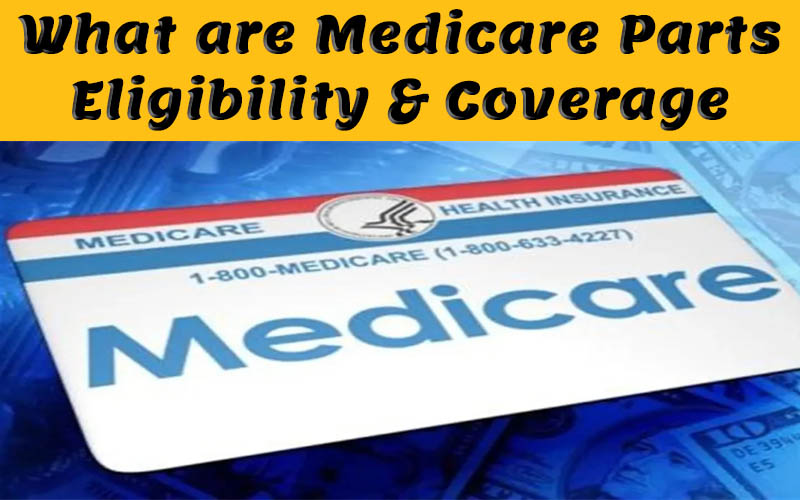Explore the paradox of student loan forgiveness under Biden, the challenges faced, and its impact on borrowers and the economy. Learn what the future holds as policies shift.

Student loan debt. It’s a weight that’s been growing heavier for years, and despite historic efforts by President Joe Biden to lighten that load through student loan forgiveness, the overall debt keeps swelling. How is this even possible, you ask? Well, this paradox underscores the tangled web of economic, social, and political factors surrounding the student debt crisis—a crisis that’s become a hot-button issue in the United States. Today, let’s untangle some of these threads as we explore Biden’s student loan forgiveness efforts, the persistent rise in student debt, and the ramifications for borrowers and the broader economy.
Read Also – 👉👉U.S. Treasury Yields and Trade Tariffs: Unveiling Global Economic Challenges👈👈
Breaking Down Biden’s Student Loan Forgiveness Initiatives
A Bold Promise Meets a Judicial Roadblock
President Biden, during his campaign, made a striking promise to tackle student loan debt—a promise resonating with millions burdened by it. His plan aimed to cancel up to $10,000 in federal student loans for the majority of borrowers and up to $20,000 for Pell Grant recipients. But here’s the catch: the U.S. Supreme Court put a damper on this ambitious plan in June 2023, ruling that such broad forgiveness couldn’t be achieved under the HEROES Act. It was a ruling that stripped some wind from Biden’s sails, but he didn’t stop pursuing relief through other avenues.
Targeted Relief and Forgiveness Strategies
Despite facing legal hurdles, the Biden administration managed to forgive a staggering $189 billion in student loans, easing the debt for over 5 million Americans. This was accomplished through targeted initiatives like expanding the Public Service Loan Forgiveness (PSLF) program and refining income-driven repayment plans. These efforts were not only about forgiveness but also about righting wrongs for those misled by their educational institutions or affected by sudden closures.
The Unstoppable Rise of Student Debt
Why is Debt Still Growing?
With all these efforts to reduce the burden, one might expect the mountain of student debt to shrink, right? But several factors keep this mountain growing. First, as more students pursue higher education, the demand for loans naturally rises. Secondly, tuition fees are climbing, often outpacing inflation, which means students are needing to borrow even more. Lastly, while Biden’s forgiveness programs were indeed expansive, they were still limited to particular groups, leaving the broader, systemic issue of rising student debt unaddressed.
Economic and Social Implications
The Economic Ripple Effect
High student debt doesn’t just affect the individual borrower—it’s a ripple that spreads throughout the economy. When borrowers are saddled with debt, they’re less likely to make major purchases like homes or cars, which in turn can put a brake on economic growth. Furthermore, this financial pressure can deter them from starting families or saving for retirement, further stifling economic dynamism.
Social Consequences of Debt
On the social front, student debt often dictates career choices, nudging graduates toward lower-paying public service jobs simply to qualify for forgiveness programs. Beyond career impacts, the emotional toll and stress from day-to-day debt management can erode mental health, affecting quality of life and long-term well-being.
Navigating the Political Divide
Legal Battles and Political Debate
Biden’s forgiveness programs haven’t been without controversy. Legal challenges have periodically cropped up, accusing the administration of overstepping its bounds. The Supreme Court’s decision underscored this tension, prompting more targeted relief measures. Meanwhile, a deepening political divide means Democrats and Republicans continue to cross swords over forgiveness policies, with Democrats advocating wide-ranging relief and Republicans cautioning about fiscal responsibility and the impact on taxpayers.
Future at a Crossroads
As President Donald Trump steps back into office, the future of these forgiveness programs hangs in the balance. Historically skeptical of such initiatives, Trump could scale them back or overturn them entirely, potentially reversing the strides made by the previous administration. This potential rollback could intensify the strain on borrowers and exacerbate economic and social disparities.
Looking Ahead in the Student Loan Forge
In conclusion, while President Biden’s initiatives to reduce student loan debt through forgiveness were historic, they also illuminate the complexities of resolving this crisis. The persistence of rising student debt calls for more comprehensive policies that target root causes, not just the symptoms. As we watch the political winds shift with each new administration, one question looms large: Can we devise an effective, enduring solution to the student loan crisis that supports economic stability and social equity? Only time will tell.
FAQs on Student Loan Forgiveness
Why is student loan debt still increasing despite forgiveness efforts?
Student loan debt continues to rise due to increased enrollment in higher education, climbing tuition costs, and the limited scope of forgiveness programs that do not address the systemic issues of student borrowing.
What were the legal challenges to Biden’s student loan forgiveness proposals?
The legal challenges centered around the argument that the Biden administration overstepped its authority under the HEROES Act, leading to a Supreme Court ruling against the broad application of forgiveness without congressional approval.
What are the economic impacts of high student debt?
High student debt affects borrowers’ ability to make significant purchases, like homes, and can discourage initiatives such as starting a family, thereby slowing down economic growth.
How might student loan forgiveness change under the Trump administration?
The Trump administration has historically been skeptical of student loan forgiveness programs. As he takes office, there are concerns that existing programs might be scaled back or eliminated, increasing financial pressure on borrowers.
Related Videos
Read Also –
This article is for informational purposes only and reflects the author’s understanding of current events as of the time of writing. For personalized financial advice, it is recommended to consult with a financial professional.
Hey! I hope you enjoyed reading this! If you did, could you do me a small favor and hit the like button? It would mean a lot to me and help me reach more people. Thank you so much! Got any thoughts on this post? Drop them in the comments below!
How many stars would you give for my effort?





